114 companies have been found for you
-
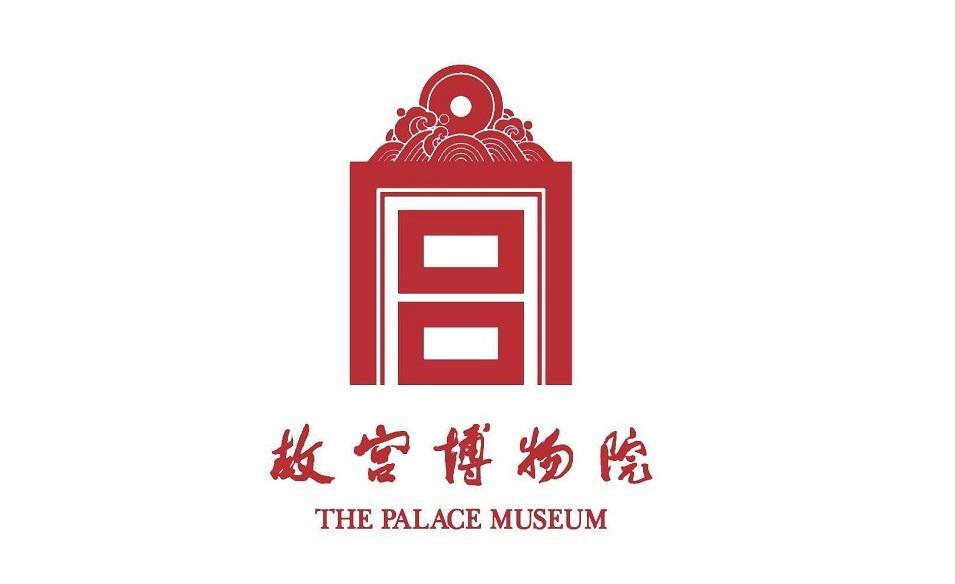
THE PALACE MUSEUMMPT-EXPO
Member Chinese Museums Association MPRFounded on October 10,1925, the The Palace Museum is the largest comprehensive museum in China, built on the imperial palaces of the Ming and Qing dynasties (the Forbidden City) , integrating architecture, collections and the rich history and culture of the palace. In 1961, it was announced by the State Council as the first batch of national key cultural relics protection units, and in 1987 it was added to the World Heritage List by the United Nations Educational, Scientific and Cultural Organization. The The Palace Museum is not only the conservation and management organization of the Ming and Qing Imperial Palace (the Forbidden City) , but also the collection, research and Exhibition Organization of Ancient Chinese cultural and artistic works based on the imperial relics of the Ming and Qing dynasties. The The Palace Museum has three major cultural resources: the 230,000 square meter ancient palace complex, which is also the world's largest wood construction complex; and the courtyard collection of cultural relics system, covering ancient and modern, quality, rich in variety. The total amount of the existing collection has reached more than 1.86 million pieces (sets) , with the Ming and Qing Court collection of cultural relics, ancient building collection, book collection. The collection is divided into 25 major categories, including a collection of more than 8,000 pieces (sets) , can be called a treasure house of art; third, the annual reception of more than 16 million people, is the first batch of national 5A class tourist attractions.

-

Tianyu Culture Group Co. , Ltd.MPT-EXPO
Member Chinese Museums Association MPRTianyu Culture Group, as the first full-range museum service provider in China, delivers its two major service systems to museum customers: "exhibition display" and "open operation management".Our professional services are fundamental to the high-quality development of museums in China. As we have always been committed to applying the research results of museums to serve various functions of society, our target is to develop and effectively utilize the resources of the culture-museum sector for the best interests of the public.
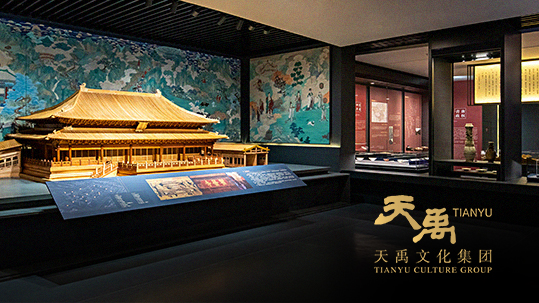
-

Anhui Museum MPT-EXPO
Member Chinese Museums Association MPRAnhui Museum was founded on November 14, 1956. Its Chinese name was renamed Anhui Museum on December 28, 2010. On September 17, 1958, Chairman Mao Zedong made an inspection of Anhui Museum and instructed that the main cities of a province should have such a museum and it was important to let people know their own history and power of creation. His instruction not only praised Anhui Museum and the cultural relics conservation of Anhui Province but also pointed the development direction of museums in New China. Zhou Enlai, Liu Shaoqi, Zhu De, Deng Xiaoping, Li Xiannian, Ye Jianying, Peng Dehuai, Chen Yi and other former leaders of the CPC and the PRC successively visited Anhui museum and Chen Yi also gave his superscription of the museum name to Anhui Museum. Anhui Museum now has two sites. The old one is located in No. 268, Anqing Road, Hefei. The exhibition building imitated Soviet architecture style and was listed as the major sites to be protected at the national level in 2013. The basic exhibitions in the old site are Anhui Revolution History Exhibition, Anhui Paleontological Fossils Exhibition and Anhui Nobel Persons Exhibition. The new site is located in No. 87, Huaining Road, Hefei. The style of exhibition building is typical of Huizhou architecture with features of five directions connected and raining water from four directions flowing into the central hall of yard. On September 29, 2011, the new site was completed and opened to the public, with one basic exhibition-Anhui Civilization History Exhibition and four special exhibitions-Huizhou Ancient Architecture, Four Treasures of the Study in Anhui, Anhui Treasures Exhibition and Ouhaonian’s Painting Exhibition. The two sites also hold special exhibitions every year to fulfill cultural needs of different visitors. The Anhui Museum now has a collection of almost 220,000 cultural relics including many distinctive categories, such as bronze ware of Shang and Zhou Dynasty, stone relief of Han Dynasty, ancient China, gold and silver ware of Song and Yuan Dynasty, four treasures of the study, calligraphy and paintings of Ming and Qing Dynasty, carvings of Huizhou, ancient books, contract documents, modern cultural relics and Pan Yuliang’s works, etc. Anhui Museum has strong technological strength in mounting and repair ancient and old calligraphy and paintings, restoring bronze ware, inscription conservation and rubbing making. We also has technological strength in conservation of lacquers and wood artifacts, conservation of paintings and preventive protection of cultural relics. Since the establishment of Anhui Museum, it regards cultural relics as foundation, exhibitions as platform, historic relics conservation and scientific research as driving force, publicity and education as safeguard. Anhui Museum has ranked among the national first-class museums and was awarded as national patriotism education site, national key conservation unit of ancient books, national technology education site etc. Huizhou Ancient Architecture, Anhui History Culture Exhibition and Huizhou Traditional Culture Exhibition was honored as The 7th , 10th and 13th Top Ten Excellent Exhibitions of National Museums. Now, Anhui Museum is not only the place of cultural relics collection, conservation and exhibition, but also develop various functions of modern museum. Thousands of cultural creativity products make it possible for the public to bring museum home. Seminars and lectures held by Anhui Museum provide opportunities for the visitors to understand museum culture. Visitors can enjoy the collections of Anhui Museum through official website, App, Weibo account and Weixin account.

-

Hebei MuseumMPT-EXPO
Member Chinese Museums Association MPRThe predecessor of Hebei Museum was the Museum of Hebei Province , founded in 1953, located in the Cultural Square between Zhongshan Road and Fanxi Road. As an iconi c culture landscape of Shijiazhuang, Hebei Museum, with the total building area of 53,128 square meters, consists of two connective parts, the northern one founded in 1968 and the southern completed in 2013. With the advantage of exquisite cultural relics resources, Hebei Museum launched 9 permanent exhibitions, such as The Stone Age of Hebei, The Civilization Of Shang Dynasty in Hebei, The Story of State Yan and Zhao, Mighty Ancient Zhongshan State, Treasures of Han Dynasty-The Han Tombs in Mancheng County, Quyang Stone Carvings, The Fresco of The Northern Dynasties, Selected Porcelains Made in Well-Known Kilns and The Anti-Japanese War: Heroes in Hebei. By the means of more than 5000 exquisite cultural relics and modernized equipment used in the display, Hebei Museum records the human history around two million years ago and come to present. In addition to the basic display, Hebei Museum also organizes temporary exhibitions each year, focused on contemporary art, hot-button issues, international cultural exchanges and other aspects, which greatly enriches people's spiritual and cultural life. For decades, Hebei Museum makes a positive construction in collection and research of cultural relics, exhibitions, publicity and education, international communication and other aspects. Hebei Museum won the title of National Civilized Units in 2015 and Most Innovative Museum in 2018. With its rich cultural deposits, modernized exhibitions, beautiful environment, Hebei Museum extends warm welcome to the visitors from all over the world. For more than 60 years, Hebei Museum makes a positive construction in collection and research of cultural relics, exhibitions, publicity and education, international communication and other aspects. Hebei Museum won the title of National Civilized Units in 2015 and Most Innovative Museum in 2018. With its rich cultural deposits, modernized exhibitions, beautiful environment, Hebei Museum extends warm welcome to the visitors from all over the world.

-

Jindalu Cultural Industry Group Co.,Ltd.MPT-EXPO
Member Chinese Museums AssociationGold mainland culture industry group co., LTD. Is a company through the ISO international certification, the main business exhibition project, multimedia project engineering, software development, voice navigation equipment, shelves, storage, protection, theme park, culture creative planning and design of cultural industry group co., LTD., with national class I national construction decoration engineering qualifications, building decoration engineering design class-a qualification, the protection of cultural relics ancient architecture engineering construction qualification, safety of person intelligence engineering qualification, the group company has: Mainland jindalu exhibition decoration co., LTD, gold, garden ancient architecture engineering, mig animation, digital media co., LTD., Beijing time legend culture art co., LTD., wenbo time and space science and technology (Beijing) co., LTD., and is equipped with shijiazhuang, Beijing, Shanghai, yunnan, Inner Mongolia, xi 'an, jiangxi company; Gold continental, with advanced design concept, advanced management mode, excellent engineering quality and excellent service system, won the industry a good reputation, has various national honors for many times, since its establishment 11 times won the "top ten national museum exhibition on display quality award" award, 2012 countries have been named as "national cultural industry demonstration base", golden China culture industry group co., LTD., with a pragmatic, professional and innovative spirit and business model, has now become the industry one of the first-class enterprise with international competitiveness.
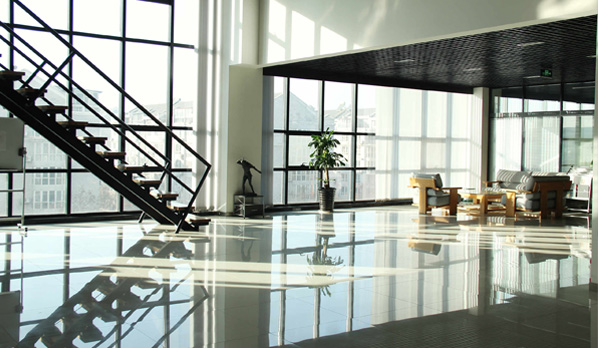
-
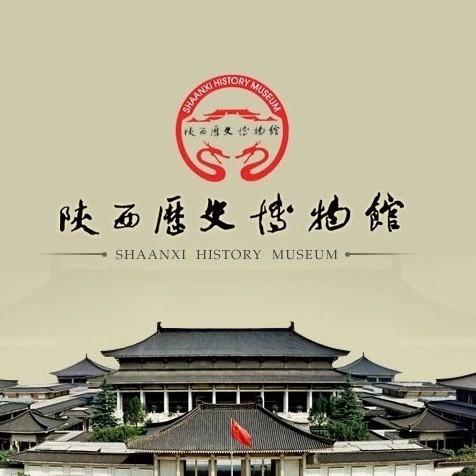
Shaanxi History MuseumMPT-EXPO
Member Chinese Museums Association MPRShaanxi is the center of Chinese ancient culture, and Xi'an is one of the four ancient capitals in the world. The hard footprints of human evolution and development over more than one million years flash here, and the essence of traditional Chinese culture has been condensed and carried forward here for thousands of years, the "Silk Road" connecting Eurasia also started from here and influenced the development of world civilization. Located in Xi'an, Shaanxi Province, China's first large-scale Modern Museum, which is known as the "pearl of the ancient capital and treasure house of Huaxia" , and the first batch of state-level museums jointly built by the central government, shaanxi History Museum is not only the preserver and recorder of Shaanxi and even Chinese history and culture, but also a carrier of Chinese ancient civilization and an extension of Chinese traditional culture. Its mission is to spread and carry forward the excellent Chinese culture. It focuses on the Zhou, Qin, Han and Tang dynasties, which make the Chinese people most proud and proud. Through these, people will feel the depth and depth of the bronze culture of the Western Zhou Dynasty when they take a cultural walk that combines browsing, appreciation, knowledge acquisition and emotional edification, the Qin and Han dynasties swept across Luhe, and the Golden Age of the Tang Dynasty.

-

shandong museumMPT-EXPO
Member Chinese Museums Association MPRThe Shandong Provincial Museum has a collection of more than 210,000 pieces, of which 1,385 are in the first-class collection, the collection covers 31 categories of ceramics, bronzes, oracle bone inscriptions, pottery inscriptions, seals, clay seals, seals, bamboo slips, Han dynasty stone relief, calligraphy and paintings, rare books, modern and contemporary cultural relics, as well as fossil, mineral and rock specimens, and modern animal and plant specimens reflecting the natural environment and resources, it reflects the evolution of human society and the change of natural environment in Shandong. On the basis of these complete and varied collections, and relying on first-class exhibition conditions and advanced curatorial concepts, the Shandong Provincial Museum has launched a basic display system reflecting the regional cultural characteristics of Shandong Province, including "Shandong history and Culture Exhibition" , "Confucius Culture Exhibition" , "Shandong Buddhism Statue Art Exhibition" , "Han Dynasty Portrait Art Exhibition" , "the treasure of the king of Lu -- Foshan Ming Chu Tan Unearthed Cultural Relics Exhibition" , "the collection of calligraphy and Painting Exhibition" , "Shandong Hall of fame" , "archaeological Shandong" , "African Wildlife Migration Exhibition" and other nine exhibitions 15 exhibition halls. We have also organized more than 200 special exhibitions and temporary exhibitions on cultural relics by cultural museums and cultural and arts institutions at home and abroad. We have made great efforts to innovate the display of art and ways of expression to meet the cultural needs of the people at different levels.
-

The Museum of Guangxi Zhuang Autonomous RegionMPT-EXPO
Member Chinese Museums Association MPRThe Guangxi Zhuang Autonomous Region is a provincial Comprehensive Museum of history and art, a National First Class Museum, a unit for the protection of key ancient books in Guangxi and a center for the restoration of ancient books. Its predecessor was established in 1934 as the Guangxi Provincial Museum. The building was built in 1978 and covers an area of about 60 mu. It is composed of the exhibition building with the characteristics of the stilt house and the National Cultural Relics Garden with strong national characteristics and customs, in Our National Museum, the Nothing in Common. It has a collection of 70,000 pieces (sets) , including 148 pieces (sets) of first-class Cultural Relics, and a collection of more than 30,000 volumes of wired-bound ancient books. The Guangxi Zhuang Autonomous Region, with its combination of inside and outside, activity and stillness, Sound of the Underground and savoury features, fully demonstrates Guangxi's historical origins and local characteristics and attracts visitors from all directions.
-
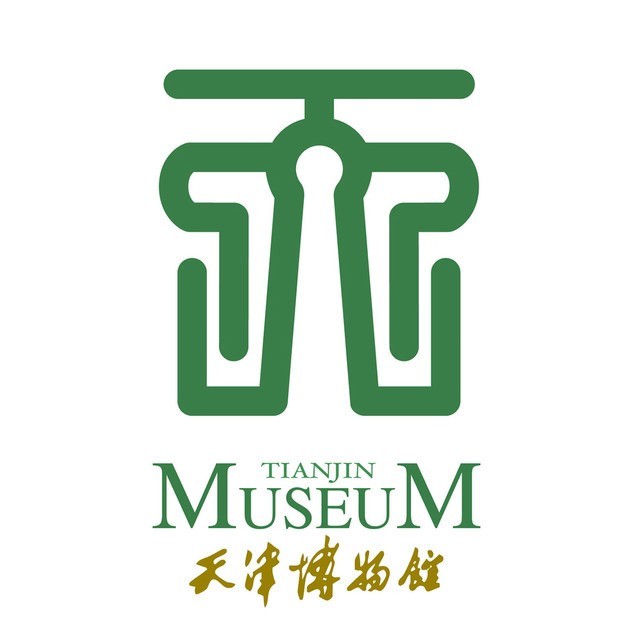
Tianjin MuseumMPT-EXPO
Member Chinese Museums Association MPRTianjin, bordering On Youyan in the north and bohai in the east, is a famous historical and cultural city where ancient and modern times blend, the combination of Chinese and Western, boats and vehicles gather, and people gather. As an early port city in China, Tianjin has been the frontier region of the collision and fusion of Chinese and Western cultures since modern times. It is also one of the cities with the earliest museums in China. 2018 has been an extraordinary year for tianjin's literary and art circles. 2018 marks both the 90th anniversary of the opening of the Northern Xinjiang Museum and the 100th anniversary of the founding of the Tianjin Museum. Over the past 100 years, adhering to the tenet of "expounding culture, carrying forward the national light, and assisting school education and social education", Tianjin wenbo has made great progress in popularizing knowledge, educating the public, and inheriting culture. Especially after the 18th National Congress of the CPC, the CPC Central Committee with Comrade Xi Jinping at its core has attached great importance to the cause of cultural and museology, and the cause of cultural and museology in China has entered a fast track of development. In recent years, with the high attention and strong support from the State Administration of Cultural Heritage, Tianjin Municipal Party Committee and Tianjin Municipal Government, Tianjin cultural and Museological undertakings have been developing continuously. The functions of cultural and museological institutions represented by Tianjin Museum have been constantly improved, and their service objects and fields have been expanded and their service means have been innovated. At present, there are nearly one hundred museums registered and officially opened in Tianjin Municipal Bureau of Cultural Heritage, covering a wide range of topics from history, art to natural science. In 2017, nearly 15 million people visited various cultural and museological institutions in Tianjin. From 2009 to now, in the selection of the national museum top ten fine exhibitions, the city museum independently planned 8 original exhibitions have won the fine award, winning award and other awards. In the future, Tianjin will further develop its cultural and cultural undertakings, constantly enhance its cultural soft power and urban influence, and better meet the people's new expectations of spiritual and cultural life.
-

Hubei Provincial MuseumMPT-EXPO
Member Chinese Museums Association MPRFounded in 1953, the Hubei Provincial Museum is the province's most important cultural relics collection and collection, exhibition and publicity and education institutions, archaeological exploration, excavation and conservation research center, is A national-level museum, central and local co-construction of one of the eight national key museums. The Hubei Provincial Museum has a collection of more than 240,000 items and nearly 1,000 national first class cultural relics. Among them, Yunyang skull fossils, Sword of Goujian, Bianzhong of Marquis Yi of Zeng and Yuan dynasty blue and white Siaitumei bottles are known as the four "treasures of the town hall" of the Hubei Provincial Museum. As an extension of the exhibition, the chime bells dance is a unique and popular dance. With a replica set of Bianzhong of Marquis Yi of Zeng and chimes as its core, the Hubei Provincial Museum combines replicas of various ancient musical instruments to bring the Splendour of ancient court song and dance to today's art scene. In December 2011, the third phase of the Hubei Provincial Museum was launched. After the completion of Phase III, the Hubei Provincial Museum Gross leasable area will reach 110,000 square meters and the exhibition area will be about 30,000 square meters, it will be a collection and storage, display and display, scientific research, technology protection, educational consultation and other functions, taking into account the functions of books and materials, Film and television projection, shopping, catering, leisure and play, etc. , the modern and comprehensive National First-class Museum with Distinctive Times Style and Jingchu culture has created a cultural window and a landmark cultural tourist attraction with distinct regional cultural characteristics in Hubei Province and Wuhan.
-

Jilin Province MuseumMPT-EXPO
Member Chinese Museums Association MPRJilin Provincial Museum, formerly known as the Jilin Provincial Museum, is directly under the Jilin Provincial Cultural Department of the National First-class Museum. Founded in 1951 with the approval of the People's Government of Jilin Province; officially opened in Jilin City in 1952; moved to Changchun with the provincial government in 1954. Currently located at 1666 Wing Shun Road, Changchun, with a Gross leasable area area of 32,000 square metres, the main exhibitions are "the memory of the white mountains and the Pine Water: a historical and cultural exhibition of Jilin Province" , "a retrospect and prospect of the archaeological achievements of Jilin Province" (1997-2016) and "the Zhangboju pavilion" . Jilin Provincial Museum is a history and Art Museum, the existing collection of more than 120,000 pieces. From ancient times to modern times, the essence of the collection, rich in content. As an important part of the cultural heritage, the cultural relics collection of the Jilin Provincial Museum is composed of Chinese calligraphy and painting of the past dynasties, cultural relics of Goguryeo, Bohai Sea, Liao and Jin dynasties, and folk cultural relics, the unique cultural relics of the modern revolutionary history and Northeast Anti-japanese United Army period occupy an important position in the domestic and even international museum circles.
-
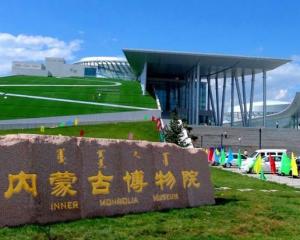
INNER MONGOLIA MUSEUMMPT-EXPO
Member Chinese Museums Association MPRThe Inner Mongolia Museum, formerly known as the Inner Mongolia Museum, was founded in 1957 and was converted into a museum in 2008. It is now a first class national museum and is the largest comprehensive museum in the Inner Mongolia for collecting, studying and displaying cultural relics, the main Gross leasable area is 64,000 square meters, and the exhibition area is 15,000 square meters. The basic exhibition structure of the Inner Mongolia Museum consists of 12 exhibitions, of which six are "the ancient world" , "The dawn of civilization" , "the border pass years" , "the Great Liao Qidan" , "Tianjiao Mongolia" , and "the monument to the grassland" , focusing on the historical process of Mongolian Plateau from "the beginning of chaos" to the origin, development and sublimation of grassland civilization, in addition, there are five special exhibitions, including "northern Xinjiang Birch Song" , "magnificent Plateau" , "flying Shenzhou" , "clean government culture" and "The Rock" , as well as the "intelligent cultural relics" exhibition hall, a systematic introduction of important cultural relics, monuments and highlights of the Inner Mongolia. The above exhibition framework shows the complete thread and overall image of the historical development of the Inner Mongolia in an all-round way. While highlighting the main line of development of grassland civilization, it also emphasizes the "pluralistic and integral" cultural pattern of the Chinese nation, it aims to carry forward the national culture and inherit the Chinese civilization.
-
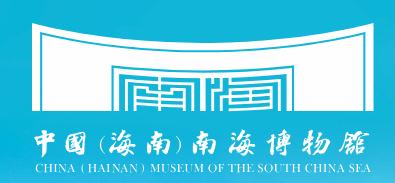
CHINA (HAI NAN) MUSEUM OF THE SOUTH CHINA SEAMPT-EXPO
Member Chinese Museums Association MPRThe South China Sea Museum of China (Hainan) is located in the central fishing port of Qionghai Tanmen, 9 kilometers away from the site of Boao Forum for Asia. It opened on April 26, 2018. The pavilion, designed by Academician He Jingtang of South China University of Technology, blends modern aesthetic style with Chinese cultural elements to capture the meaning of "the Silk Road follows the waves and the Boat on the South China Sea". The venue is built according to the topography, with a total construction area of 70,593 square meters, divided into the north and south areas. The South area is the main exhibition area, with 8 indoor exhibition halls and an open outdoor gallery, focusing on the exhibition function in the museum. There are two exhibition halls in the north district, which are mainly used to display the temporary exhibition, including multi-function hall, conference hall, VIP hall, cultural and creative sales area, audience restaurant and bookstore, etc., to meet the functional requirements of comprehensive visit, tourism, conference and cultural leisure, and mainly focus on the social service function of the museum.
-

HENAN MUSEUMMPT-EXPO
Member Chinese Museums Association MPRFounded in 1927, Henan Museum is one of the earliest museums in China. The museum is located in the Middle Section of Zhengzhou Agricultural Road, Henan Province, covering an area of 126 acres, building area of 55,000 square meters. In 2009, it was selected among the first batch of central and local governments to build state-level museums. The Henan Museum has a collection of more than 170,000 cultural relics, especially the prehistoric relics, bronzes of the Shang and Zhou Dynasties, ceramics, jades and stone carvings. Fine cultural relics in quantity, variety, high grade, great value, is to witness the development of Chinese civilization, to show the development of Chinese history of the Treasure House of Culture and art. It is now open to the public with exhibitions such as "Grand China, select the capital of China" , "Henan in the Ming and Qing dynasties" and "special exhibition of National Treasures" . Other exhibitions such as "Henan Ancient Stone Carving Art" will be launched one after another. The "Social Education Experience Hall" and "Huaxia Ancient Music Hall" have been put into use. The purpose of the Henan Museum is to "carry forward the inherent culture, promote academic research, increase people's knowledge, and promote social civilization" , it is an important window for appreciating the cultures of Central Plain, the Yellow River and the Chinese context, an important position for promoting the core socialist values, and an important platform for enhancing cultural exchanges and cooperation.
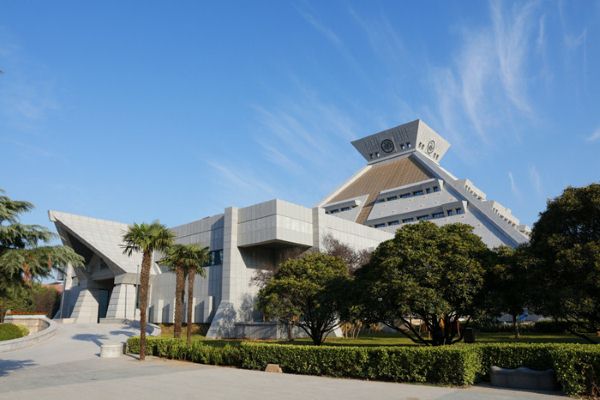
-

Prince Kung's Palace Museum, Ministry of Culture and TourismMPT-EXPO
Member Chinese Museums Association MPRPrince Kung’s Palace is the only well-preserved princely mansion of Qing dynasty in China open to the public. The palace used to be the residence of Minister Heshen from 1780 to1799 in the reign of Emperor Qianlong. Emperor Jiaqing granted the mansion to Prince Qing Yonglin in 1799. In 1850, it was granted by Emperor Xianfeng to Prince Kung Yixin. The mansion has been called Prince Kung’s Palace since then. The palace consists of two parts: the residence and the garden. The complete palace covers an area of approximately 62,000 square meters, of which the residence occupies 33,000 square meters and the garden occupies 29,000 square meters. The residence is a large Siheyuan with three roads and five entries. The garden with 44 scenic spots was called “Langrun Garden” and was later renamed “Cuijin Garden”.Back Rear Building, Western-style Gate, Grand Theater, and the Stele of Fu are known as the “Three Masterpieces and One Treasure” of Prince Kung's Palace. Prince Kung’s Palace Museum is one of the major historical and cultural sites protected at the national level. It is a 5A National Tourist Attraction and a National First-class Museum.

-

Natural History MuseumMPT-EXPO
Member Chinese Museums AssociationThe Natural History Museum is a world-classvisitorattraction and a leading science research center. It has been gathering knowledge about the natural world for more than 250 years with over 80 million specimens in its collections from around the world. Natural History Museum’s international Engagement team offers consultancy services and touring exhibitions to institutions worldwide. Exhibitions feature the world-renowned Wildlife Photographer of the Year exhibition, to crowd-pleasing dinosaurs to specimen-rich exhibitions with unique objects from our extensive collections. We are currently developing new exciting exhibitions featuring the museum’s unrivaled collections and well be ready on tour in 2016.
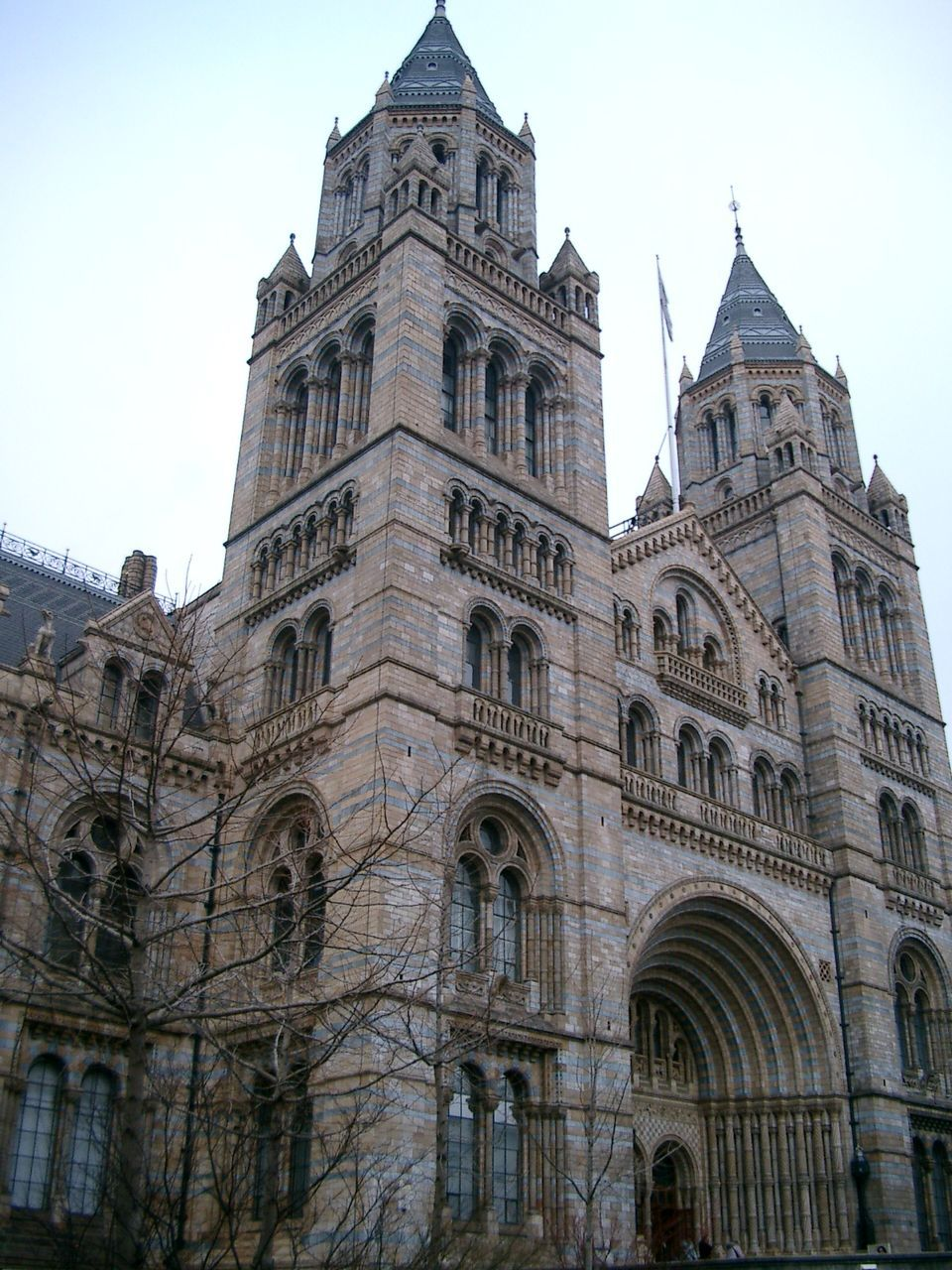
-
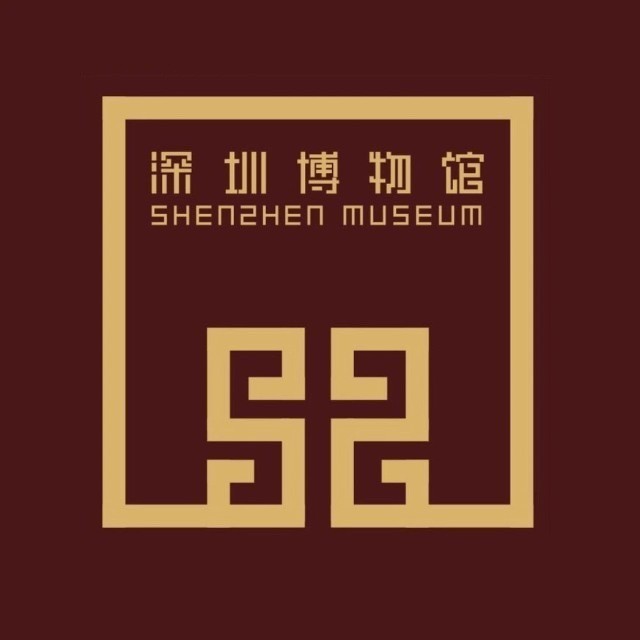
Shenzhen MuseumMPT-EXPO
Member Chinese Museums AssociationShenzhen Museum, founded in 1981, consists of 4 museum sites including Shenzhen Museum of History and Folk Culture, Shenzhen Museum of Ancient Art, Shenzhen Reform and Opening-up Exhibition Hall, and the former site of Dongjiang River Guerrilla Command Headquarters. As a National 1st-Level Museum, the museum is an important public cultural service institution and a window for external display, received dozens of honorary titles. The museum hosts 10 permanent exhibitions systematically displaying Shenzhen's history and culture, the history of reform and opening-up, collections of ancient cultural relics and animal specimens, and has won awards in the "Nomination of Top Ten Exhibitions of National Museums" for four times. The museum holds over 20 high-quality thematic exhibitions annually to display domestic and overseas cultural relics. There are more than 40,000 objects in the museum collection, including more than 5,700 precious cultural relics. The museum also has over 210,000 pieces of physical material relate to the history of reform and opening-up. The level of cultural relic protection and restoration is industry-leading. The museum has demonstrated impressive research level in the fields of cultural relics, local history, history of reform and opening-up, folk culture, archaeology and museology. Hundreds of educational activities and thousands of interpretations are carried out every year. The cultural and creative development is distinctive. The number of visitors in 2019 was 3.18 million, and due to the pandemic, the number of visitors in 2021 was 1.15 million. Shenzhen Museum has received many party and state leaders, such as Xi Jinping, Jiang Zemin, Hu Jintao, as well as many foreign heads of state and dignitaries. Now the museum is participating in the construction of several museums in Shenzhen.

-

Shanxi MuseumMPT-EXPO
Member Chinese Museums Association MPRFounded in 1919 as the Shanxi Museum, it is one of the earliest museums in China. The new museum opened to the public in 2005 and was open to the public free of charge in 2008. In the same year, it was selected as one of the first national level museums. In 2009, it was recognized as the object of cultivation of national level museums jointly built by the central and local governments. In 2013, it was awarded the most innovative museum in the country. Located in the beautiful West Bank of Fen River, the provincial capital of Taiyuan, the Shanxi Museum covers an area of 168 mu, with a construction area of 50,000 square meters and an exhibition hall of 10,000 square meters. The collection of more than 400,000 cultural relics embodies the essence of the million-year historical development and cultural accumulation in Shanxi, the middle reaches of the Yellow River and northern China. The relics of the prehistoric pottery temple site, the bronze wares of the Shang Dynasty, the relics of the two-week period in Jin, the stone carvings of the northern dynasties, the brick carvings of operas of the song, Jin and yuan dynasties, and the relics of the Ming, Qing and Jin merchants are quite distinctive, it is the theme exhibition and Cultural Brand of Shanxi Museum, which focuses on the most brilliant fragments of the three Jin dynasties under the historical starry sky of Chinese civilization. Learn from the past, learn from the past, learn from the future, have friends from afar, please here to know Shanxi, learn from the nutrients of civilization, the art of Zenbi and creative power.
-

XIAN MUSEUMMPT-EXPO
Member Chinese Museums AssociationThe Xi'an Museum officially opened to the public on May 18,2007, and will open free of charge on March 31,2010. The hospital covers an area of about 160,000 square meters, from the museum, Tang Jianfu Temple Ruins, Small Wild Goose Pagoda three parts. It is now a national first-class museum, national AAAA class tourist attraction, national key protection unit of ancient books, National Popular Science Education Base. In 2016, it was listed as a pilot unit of national cultural and creative development. We have a collection of more than 110,000 pieces of cultural relics and more than 100,000 volumes of ancient books. With so much of our cultural heritage at our disposal, how to use it effectively is a question we have been exploring. It is the need of the development of the times to make use of the advantages of library collections, to discover the traditional cultural details contained in the collections, to melt the essence of Chinese traditional culture into the development of cultural and creative products, and to integrate it into people's daily lives, it is also our duty to function as a museum university. The development of cultural and creative products of Xi'an Museum has experienced a period of exploration for many years. Currently, it has developed thirty-one cultural products in four categories, namely, books and printing, audio and video products, daily necessities and replicas of cultural relics. In 2016, our hospital was listed as a pilot unit for the development of national cultural and creative products, with the bronze figurines made of colored glaze, three colored flying horses, Jade Cups and gold-plated walking dragons being copied from the treasures in the museum collection, co-operate with social enterprises to develop cultural and creative products through licensing.
-

SICHUAN MUSEUMMPT-EXPO
Member Chinese Museums Association MPRFounded in 1941, the Sichuan Museum has a history of 76 years. In 2009, the New Museum of Sichuan Museum was completed and opened to the public. Covering an area of more than 88 mu, the new museum integrates the functions of collection, protection, research and exhibition, Public Service, social education and cultural exchange, and is the largest comprehensive museum in southwest China, it plays an important role in public museums all over the country. In 2012, the Sichuan Museum joined the ranks of "national first-class museums" , with a collection of more than 320,000 cultural relics and an average annual audience of 1.2 million people. In 2017, the Sichuan Museum won the honorary title of "the most Innovative Museum in China" . The Sichuan Museum currently has 12 exhibition halls, including 8 permanent exhibitions on painting and calligraphy, ceramics, Prachuap Khiri Khan bronze, Sichuan National Cultural Relics, Tibetan Buddhist relics, Stone Carvings in Ten Thousand Buddhas Monastery, Zhang Daqian's calligraphy and painting, and Sichuan Han dynasty pottery and stone art, there are also four galleries for temporary exhibitions. Since the opening of the museum, Chuanbo has successfully held more than 130 high-level special exhibitions, which have become an important platform to showcase Sichuan's unique culture and promote historical and cultural exchanges between China and foreign countries.

